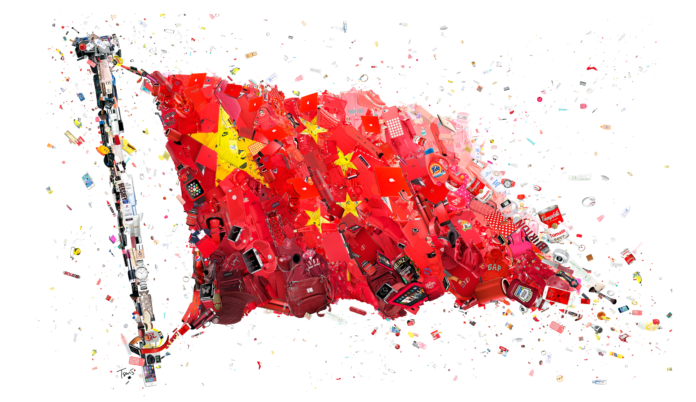China has agreed to “reduce and remove” tariffs below the 40 percent level that Beijing is currently charging on U.S.-made vehicles, U.S. President Donald Trump said, as a trade war truce between the two countries gathers pace, cheering markets.
Trump and Chinese President Xi Jinping agreed to halt new tariffs during talks in Argentina on Saturday, following months of escalating tensions on trade and other issues.
In a meeting lasting two and a half hours, the United States agreed not to raise tariffs further on Jan. 1, while China agreed to purchase more agricultural products from U.S. farmers immediately.
The two sides also agreed to begin discussions on how to resolve issues of concern, including intellectual property protection, non-tariff trade barriers and cyber theft.
Related Coverage
But the White House also said the existing 10 percent tariffs on $200 billion worth of Chinese goods would be lifted to 25 percent if no deal was reached within 90 days, once again setting the clock ticking.
Tweeting on Sunday night, Trump said: “China has agreed to reduce and remove tariffs on cars coming into China from the U.S. Currently the tariff is 40%”.
He gave no details, and there was no immediate response from the Chinese government. Neither country had mentioned auto tariffs in their official read-outs of the Trump-Xi meeting.
U.S. Trade Representative Robert Lighthizer said last week he was examining all available tools to raise U.S. tariffs on Chinese vehicles to the 40 percent that China was charging on U.S.-produced vehicles.
Chinese state media gave a cautious welcome on Monday to the trade war truce.
But in an editorial, the official China Daily warned that while the new “consensus” was a welcome development and gave both sides “breathing space” to resolve their differences, there was no “magic wand” that would allow the grievances to disappear immediately.
“Given the complexity of interactions between the two economies, the rest of the world will still be holding its collective breath,” it said.
Chinese shares, commodities and the yuan currency surged even as uncertainly remains about the deal.
The benchmark Shanghai Composite index rose 2.9 percent and blue-chip shares surged 3.1 percent. Shares in Hong Kong also jumped, with the Hang Seng index adding 2.7 percent.[.SS]
Still, analysts cautioned the deal may have only bought some time for more wrangling over deeply divisive trade and policy differences, and said China’s economy will continue to cool regardless under the weight of weakening domestic demand.
“This is a relief rally,” said Paul Kitney, chief equity strategist at Daiwa Capital Markets in Hong Kong.
The agreement “is not a ceasefire, it’s just a de-escalation. The existing tariffs are still having a negative impact on the Chinese economy, they haven’t gone away”.
China’s factory activity grew slightly in November, a private survey showed on Monday, though new export orders extended their decline in a further blow to the sector already hurt by the Sino-U.S. trade frictions.
“It’s 90 days. It’s nothing and it doesn’t really make any difference. People have already started to reconsider their sourcing arrangements,” said Larry Sloven, who has been sourcing and manufacturing in China for three decades.
“Nobody wants to live in a false reality.”
Widely read Chinese tabloid the Global Times, published by the ruling Communist Party’s official People’s Daily, warned people had to have realistic expectations.
“The Chinese public needs to keep in mind that China-U.S. trade negotiations fluctuate. China’s reform and opening-up’s broad perspective recognizes that the rest of the world does things differently,” it said in its editorial.
China to reduce tariffs on vehicles
RELATED ARTICLES




